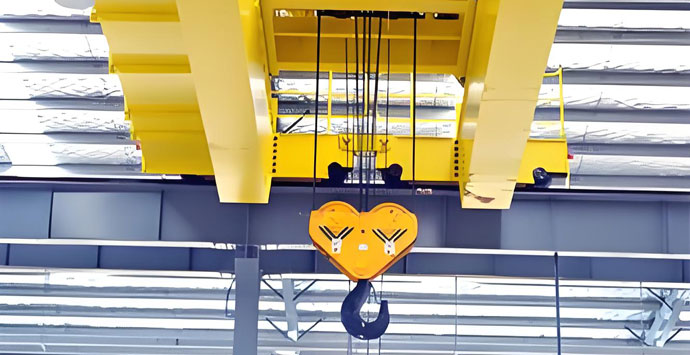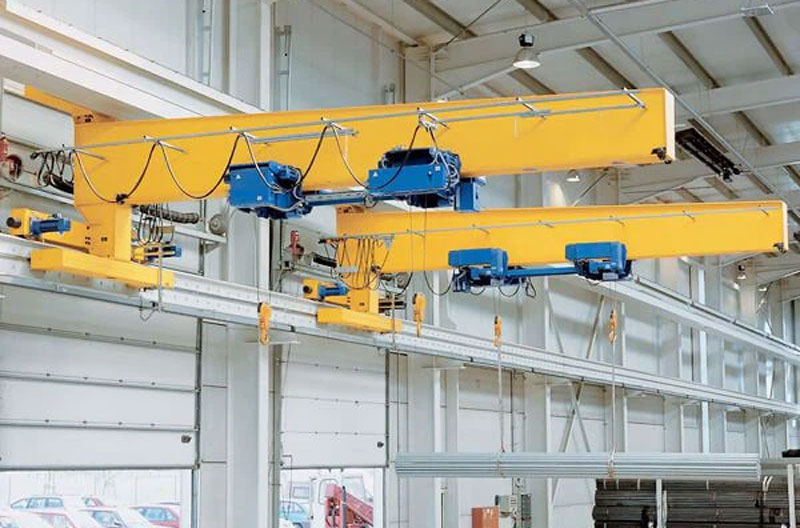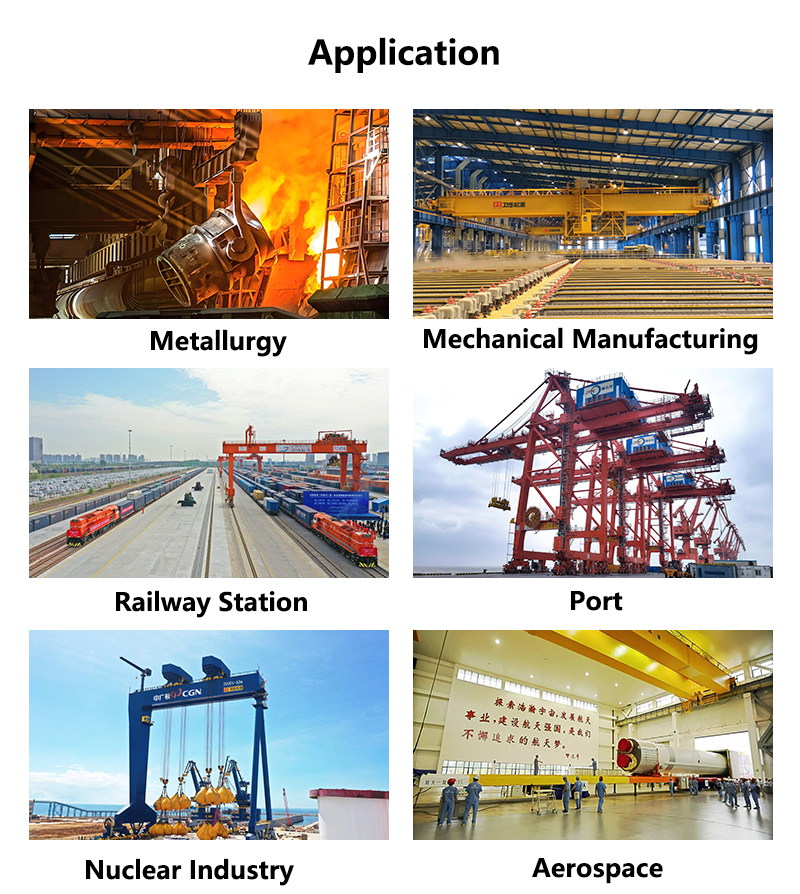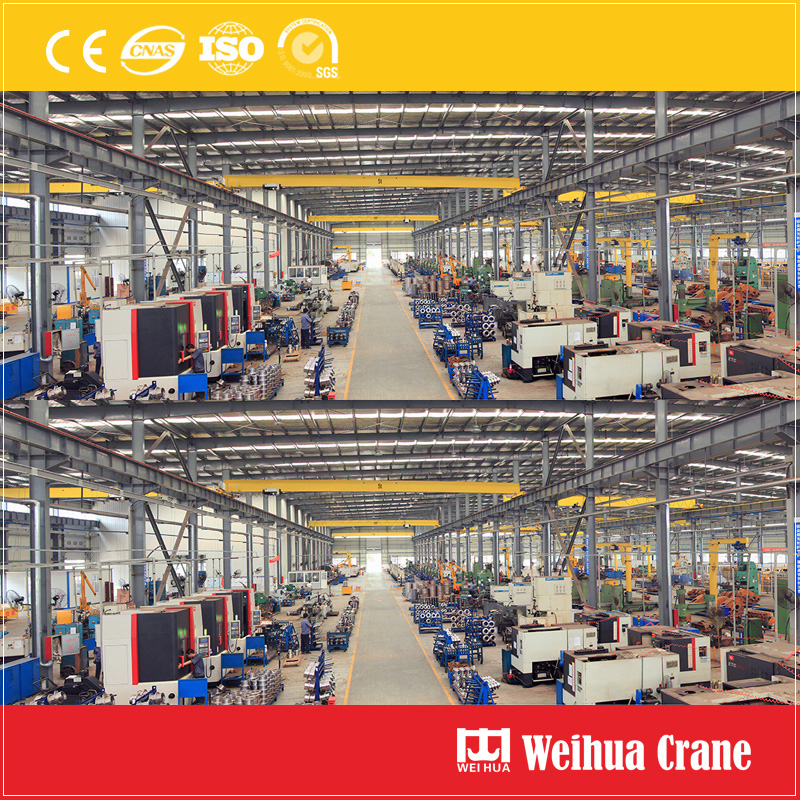크레인 후크는 리프팅 시스템에서 중요한 하중 지지 구성 요소입니다., 무거운 짐을 안전하고 효율적으로 운반하도록 설계되었습니다.. 하지만, 반복적인 응력을 받는 기계 부품처럼, 제대로 설계되지 않으면 크레인 후크가 고장날 수 있습니다., 사용된, 그리고 유지. 에이 크레인 후크 고장 분석 보고서 이러한 장애의 근본 원인을 파악하고 향후 사고를 예방하는 데 필수적입니다..
크레인 후크 고장으로 인해 심각한 안전 위험이 발생할 수 있습니다., 운영 중단 시간, 그리고 재정적 손실. 철저한 실패 분석을 수행하면 다음과 같은 도움이 됩니다.:
1. 정확한 실패 원인 파악
2. 향후 후크 설계 및 제조 프로세스 개선
3. 리프팅 작업에 대한 안전 프로토콜 강화
4. 산업 안전 표준 및 법적 요구 사항을 준수합니다.

업계 사례 연구 및 엔지니어링 조사를 기반으로 함, 다음은 가장 빈번한 원인입니다:
1. 중대한 결함 – 포함, 다공성, 또는 부적절한 열처리로 인해 후크가 약해질 수 있습니다..
2. 과부하 – 안전 작업 하중 초과 (SWL) 소성 변형이나 파손을 초래합니다..
3. 피로 균열 – 시간이 지남에 따라 반복되는 순환 하중으로 인해 미세 균열이 발생할 수 있습니다., 결국 치명적인 실패로 이어진다.
4. 부식 – 가혹한 환경에 노출되면 재료 강도가 저하될 수 있습니다..
5. 부적절한 유지 관리 – 정기적인 검사 및 윤활 부족으로 인해 마모 및 손상이 가속화됩니다..

전문적인 실패 분석에는 일반적으로 다음 단계가 포함됩니다.:
1. 육안 검사
부러진 갈고리의 초기 관찰, 파손 표면 패턴 포함, 흉한 모습, 그리고 마크를 입으세요.
2. 치수 측정
후크의 목 구멍 확인, 입다, 제조업체 사양에 따른 치수 변경.
3. 재료 테스트
표준 준수 여부를 확인하기 위한 화학 성분 분석.
열처리 품질을 평가하기 위한 경도 테스트.
4. 비파괴 테스트 (ndt)
자분 테스트와 같은 방법 (MPT) 또는 초음파 테스트 (ut) 부품을 손상시키지 않고 내부 균열을 감지하는 데 사용됩니다..
5. 파쇄학 & 현미경 검사
주사전자현미경 (어느) 또는 광학 현미경으로 파손 표면을 연구하고 피로 줄무늬 또는 취성 파손 특징을 식별합니다..
6. 로드 내역 검토
유지보수 로그 확인, 운영 기록, 적재 패턴과 잠재적인 과부하 사고를 결정하기 위한 리프팅 사이클.
7. 근본 원인 결정
테스트 결과 결합, 재료 데이터, 실패가 설계 결함으로 인한 것인지 여부를 결론짓기 위한 운영 이력, 제조상의 결함, 부적절한 사용, 아니면 관리가 부족하거나.

상세한 크레인 후크 고장 분석 보고서는 원인을 식별할 뿐만 아니라 실행 가능한 권장 사항도 제공합니다., ~와 같은:
1. 적절한 열처리를 거친 고급 합금강 사용.
2. 엄격한 부하 모니터링 시스템 구현.
3. 정기적인 NDT 검사 수행.
4. 올바른 리프팅 방법에 대한 교육 작업자.
5. 내식성을 위한 보호 코팅 적용.


에이 크레인 후크 고장은 단순한 기계적 문제가 아니라 심각한 안전 문제입니다.. 종합적인 실시를 통해 크레인 후크 고장 분석 보고서, 산업계는 미래의 사고를 예방할 수 있다, 운영 안전성 강화, 리프팅 장비 표준 준수를 보장합니다.. 전문적인 분석 비용은 다른 실패로 인한 잠재적 결과에 비해 미미합니다..
우리는 귀하의 의견을 소중히 여깁니다! 귀하의 특정 요구에 맞게 서비스를 조정할 수 있도록 아래 양식을 작성하십시오..

최신 의견